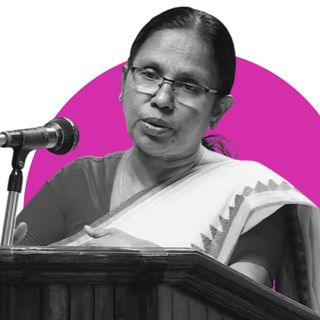Amidst the Covid19 pandemic, India has seen a rise in the hoarding of medical oxygen — deemed essential for critical patients suffering from Covid19 and other respiratory illnesses — leading to shortages, and black-market hikes in prices. In a move to curb these underhanded methods and ensure enough supply of oxygen to hospitals, the National Pharmaceutical Pricing Authority, upon being directed by the health ministry, has announced it will cap the price of liquid oxygen at Rs. 15.22 per cubic metre on the manufacturing end. This, the government said in a statement, will ensure affordability and continued accessibility.
This move is in response to India’s need for medical oxygen rising exponentially in the past six months, up almost four times from pre-Covid19 times, which has put harmful pressure on production and supply chains, thus giving rise to black marketeers. The current ceiling price will stay in effect for another six months, the government said, and will also help make available precious oxygen to hospitals and clinics in rural parts of India that function on low budgets.
The Covid19 pandemic has made apparent the scarcity of several everyday resources around the world, especially in developing countries such as India — from malaria drugs and rations to hospital beds and oxygen. The latter is especially difficult to make available at an expanded scale on immediate notice, due to the complicated processes involved in collecting pure oxygen. For example, the air we breathe is only 21% oxygen, mixed in with nitrogen and other gases. Special techniques used to separate and distill the oxygen from atmospheric air are time-consuming, the product of which is then packaged commercially to be supplied to medical institutions in cylinders.
Related on The Swaddle:
WHO: Abortion Is an Essential Healthcare Service During Covid19 Pandemic
In the Covid19 pandemic, these cylinders have been running out all across the country, as Covid19 cases rise, putting in danger more patients with comorbidities, ending in more patients that need to be given oxygen or put on ventilators. Reports show doctors complaining the tanks running out hours earlier than usual due to continued use, and not getting faster, efficient replacements to accommodate their patient flow. On the manufacturing end too, experts report problems — “Now 45% of the oxygen we are producing is going to industries, while 55% is going to hospitals and nursing homes,” Saket Tikku, the president of the All India Industrial Gases Manufacturers Association, told the BBC. “The government is in a bit of a bind. If we cut supplies of industrial oxygen to factories, industry will get hurt. On the other hand, if we are not able to augment supplies of medical oxygen, then lives will be in danger.”
With this price cap, it’s possible liquid oxygen will be able to be distributed in a more fair, equitable and consistent manner. The problem, however, still remains — as cases continue to skyrocket and hospitals remain overwhelmed, affordability will be a key issue to contend with, be it of oxygen, drugs, Covid19 tests, or hospital beds.




